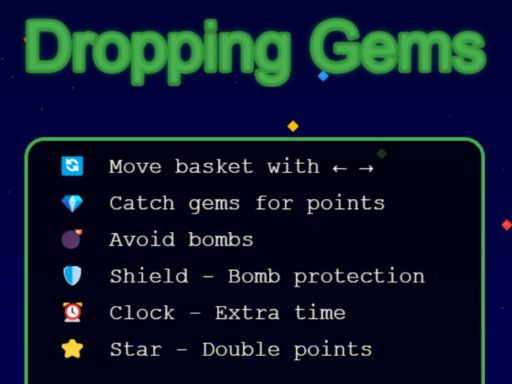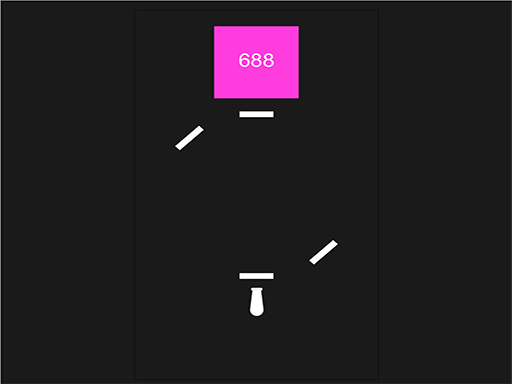HTML5 games have taken online gaming to new heights with their accessibility and seamless performance across different devices. However, beyond their obvious features, many HTML5 games come packed with hidden elements that enhance the gaming experience in unexpected ways. From secret levels to developer Easter eggs, here are some of the coolest hidden features you might not know about in HTML5 games.
1. Secret Levels and Unlockable Content
Many HTML5 games reward players with hidden levels and exclusive content that aren’t accessible from the start. Developers often include these features to encourage exploration and skill mastery. Some ways to find secret levels include:
Completing specific challenges – Finishing tasks outside the main objectives can unlock hidden areas.
Finding hidden pathways – Some platformers hide alternate routes leading to new content.
Earning high scores – Achieving an impressive score may open up exclusive content.
Example:
In some puzzle games, completing a stage under a certain time limit might unlock bonus rounds with new mechanics.
2. Developer Easter Eggs and Inside Jokes
Developers love to sneak in references, jokes, and hidden messages in their games. These Easter eggs may be tributes to other games, pop culture references, or even humorous glitches left intentionally.
How to Spot Them:
Clicking or tapping objects in the background might trigger hidden animations.
Entering specific names or codes can activate special responses.
Secret character dialogues appear when certain conditions are met.
Example:
A game might feature a non-playable character (NPC) who tells a different joke every time you interact with them.
3. Hidden Cheat Codes and Debug Modes
Cheat codes aren’t just a relic of retro gaming; many HTML5 games still feature them for those who know where to look. These hidden commands can grant extra lives, unlock powerful abilities, or even allow players to tweak game physics.
How to Use Cheats:
Keyboard shortcuts – Some games have old-school cheat codes like pressing certain key combinations.
Console commands – Typing special commands into the developer console (often accessible by pressing F12 in browsers) may unlock hidden modes.
Secret inputs – Entering codes at specific screens can activate cheats.
Example:
In an HTML5 shooter, entering "GODMODE" might grant invincibility for a short period.
4. Adaptive AI and Dynamic Difficulty Adjustments
Some advanced HTML5 games feature AI that adapts to your skill level. This means that as you improve, the game subtly increases its difficulty, keeping the challenge fresh and engaging.
How It Works:
Enemies may become more aggressive or smarter the longer you play.
Puzzles might generate new obstacles based on your past success.
The game may adjust speed or spawn rates dynamically.
Example:
A racing game might increase the speed of rival cars as you consistently win races, making sure every match remains competitive.
5. Time-Based Events and Hidden Modes
Some HTML5 games include special features that only activate at certain times, such as seasonal events, real-time weather effects, or limited-time game modes.
How to Access Them:
Playing on specific dates (e.g., holidays) might trigger special events.
Certain game elements might change based on the real-world clock.
Daily login rewards or rotating challenges keep the experience fresh.
Example:
A holiday-themed platformer might add snow and festive decorations to levels during December.
Conclusion
HTML5 games are full of surprises, and discovering their hidden features can make the experience even more exciting. Whether it’s unlocking secret levels, finding developer Easter eggs, or experimenting with cheat codes, these hidden gems add depth and replayability to browser-based gaming. Next time you play an HTML5 game, try exploring a little deeper—you might uncover something amazing!



















